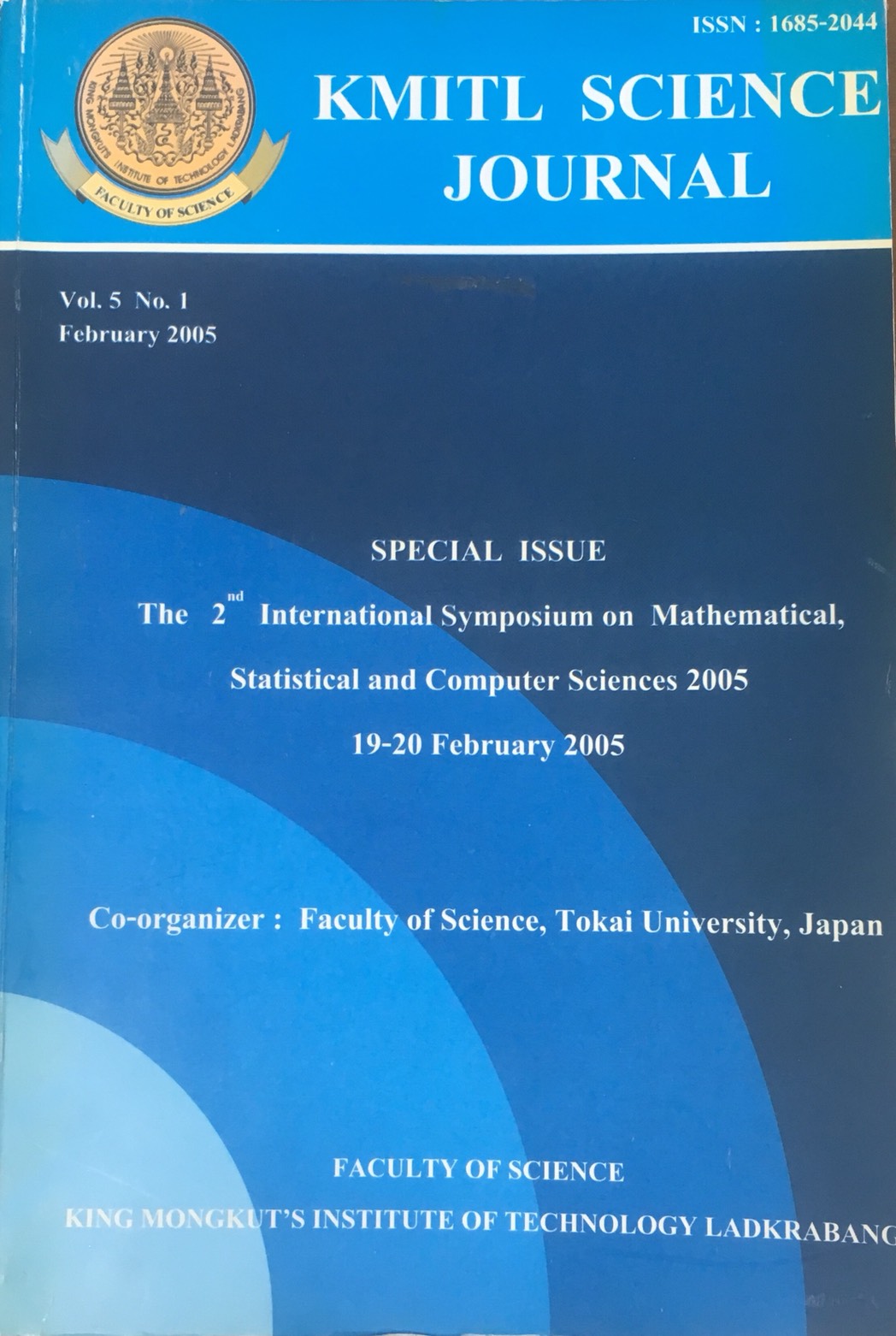In this paper, a case study of sea wave generated by tropical cyclone in the Gulf of Thailand is carried out by using the cycle 4 version of the WAM (Wave Model) model. The model domain currently covers from latitudes 5N – 15N and longitudes 95E – 105E, and the model spatial resolution reaches 0.25 degree. Comparison among the model results, the platform demonstrate that the model can fairly reproduce the observed characteristics of waves and this paper presents a new method to simulate virtual ocean wave surface. One of the widely used methods for simulating ocean wave is making use of wind-wave spectrums. The ocean waves produced in this way can reflect the statistical characteristics of the real ocean well, they just look like superposition of significant wave height. In order to overcome this shortcoming of traditional method, the new method proposed in this paper take account of the effect of the 10meters wind field over ocean surface. The virtual ocean wave simulated by this way is not only accord with statistical characteristics, but also looks like real ocean wave, it can be widely used in VR (Virtual Reality) applications.
Keywords: WAM cycle 4, Significant wave height, Typhoon Linda 1997, Virtual Reality, Visualization, Virtual Wave
Corresponding author: E-mail: watt_kan@hotmail.com , Somporn.ChuaiAree@iwr.uni-heidelberg.de
Kanbua, W. ., & Chuai-Aree, S. . (2018). Virtual Wave : an Algorithm for Visualization of Ocean Wave Forecast in the Gulf of Thailand. CURRENT APPLIED SCIENCE AND TECHNOLOGY, 140-150.
